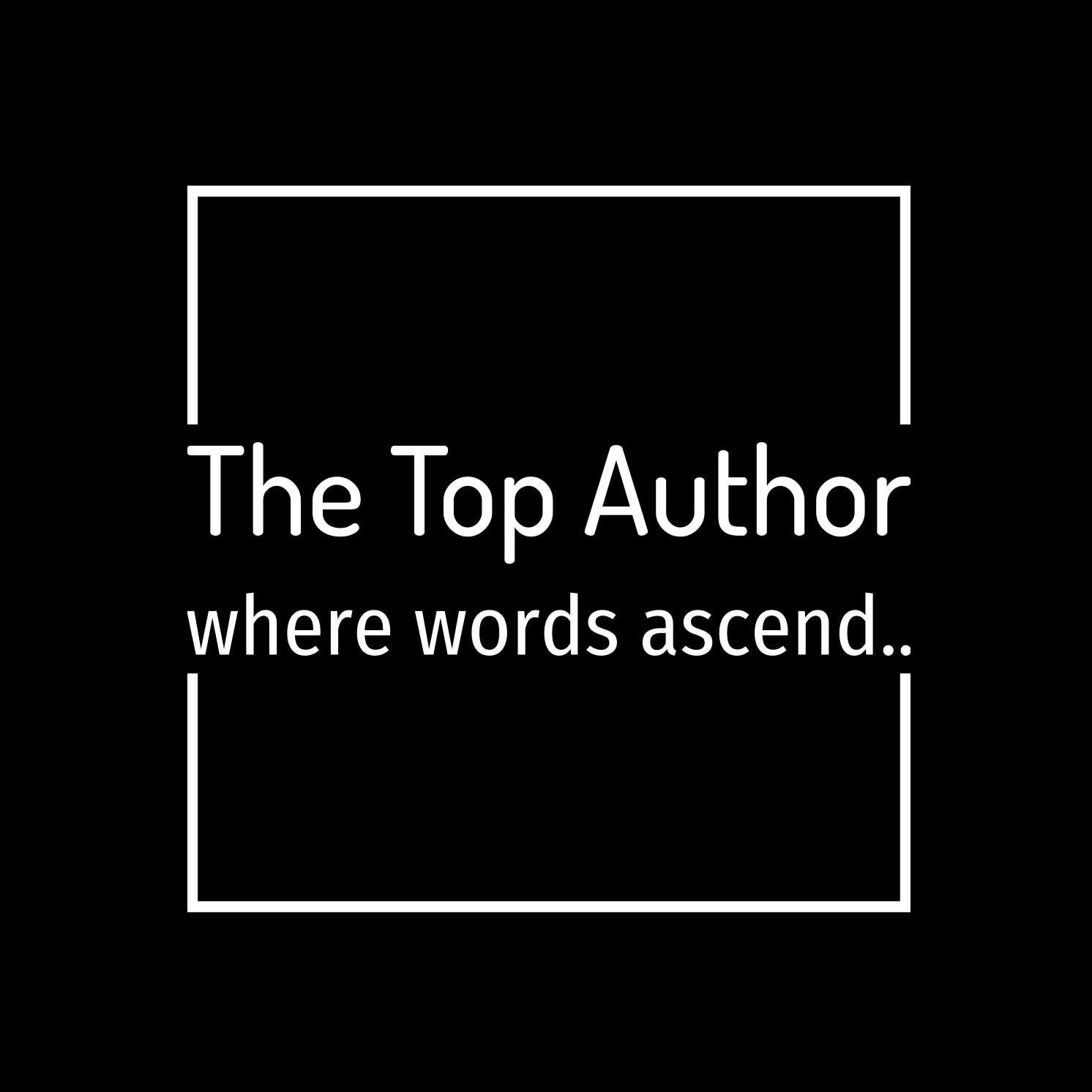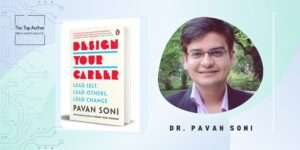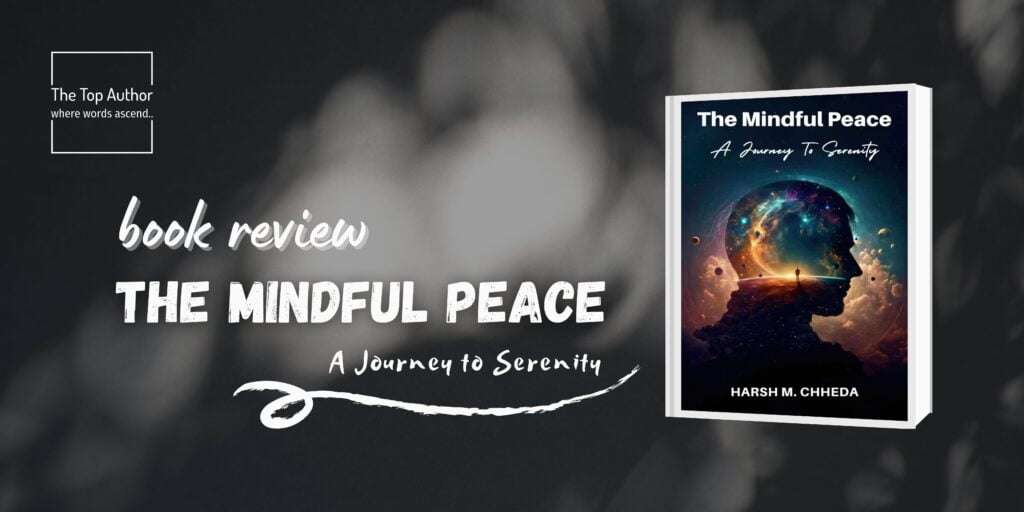In the ever-evolving landscape of the publishing world, authors often find themselves at a crossroads—weighing the pros and cons of self versus traditional publishing. The decision to embark on one path over the other is a nuanced journey, each avenue offering distinct advantages and challenges. Let’s delve into the intricate tapestry of self and traditional publishing to uncover the considerations that authors grapple with when deciding the destiny of their literary creations.

-
Save
Self-Publishing: Empowering the Author
Self-publishing, once considered the realm of the adventurous few, has evolved into a powerful avenue for authors seeking autonomy and control over their work. With the rise of digital platforms and print-on-demand services, the barriers to entry have significantly lowered.
1. Autonomy Reigns Supreme
- Self-publishing provides authors unparalleled control over their creative vision, from cover design to formatting choices.
- The freedom to set timelines and release dates empowers authors to dictate the pace of their publishing journey.
2. Financial Gains and Royalties
- Authors retain a larger share of royalties in self-publishing, potentially leading to more significant financial gains.
- Direct access to sales data enables authors to adapt marketing strategies in real-time, optimizing their earning potential.
3. Rapid Time-to-Market
- The self-publishing process is often more expedient, allowing authors to bring their work to the market swiftly.
- Timely responses to market trends or reader feedback are achievable without the prolonged timelines associated with traditional publishing.
4. Diverse Publishing Formats:
- Self-published authors can experiment with various formats, including e-books, audiobooks, and print editions, catering to a broader audience.
5. Direct Author-Reader Connection
- Self-publishing fosters a direct relationship between authors and readers through platforms like social media, blogs, and newsletters.
- The ability to engage with the audience on a personal level can lead to dedicated fan bases.
Traditional Publishing: The Gatekeepers and Global Reach
Traditional publishing, with its established gatekeepers and legacy, remains a coveted route for many authors. While it involves a more intricate process and relinquishing some control, the benefits are substantial, especially for those aspiring to global recognition.
1. Editorial Expertise
- Traditional publishers offer the expertise of seasoned editors who can refine and elevate the quality of the manuscript.
- Editorial collaboration enhances the overall coherence and market appeal of the book.
2. Established Credibility
- A book published through a reputable traditional publisher often carries a stamp of legitimacy and quality.
- Literary awards and accolades may be more accessible, contributing to the author’s credibility within the industry.
3. Marketing and Distribution Muscle
- Traditional publishers have robust marketing and distribution channels, facilitating broader market reach.
- Access to bookstores, libraries, and international distribution networks can significantly amplify a book’s visibility.
4. Financial Investment and Advances
- Authors receive advances from traditional publishers, providing financial support during the writing and publishing process.
- The publisher bears the financial burden of production, distribution, and marketing expenses.
5. Industry Connections
- Traditional publishers boast extensive industry connections, facilitating opportunities for book reviews, media coverage, and partnerships.
- Networking within the traditional publishing ecosystem can open doors to collaborative projects and exposure.
Challenges in the Decision-Making Process
1. Creative Control vs. Editorial Guidance
- Self-publishing grants creative autonomy, but authors might miss out on the editorial refinement provided by traditional publishers.
2. Marketing Hustle vs. Established Platforms
- Self-published authors need to navigate the intricacies of marketing, while traditional publishers offer established promotional platforms.
3. Royalty Percentages vs. Advance Payments
- The allure of higher royalties in self-publishing may clash with the financial security provided by traditional publishing advances.
4. Time Efficiency vs. Rigorous Editorial Processes
- Authors seeking swift publication may favor self-publishing, while those valuing meticulous editing might opt for traditional routes.
5. Personal Brand Building vs. Established Industry Validation
- Self-published authors focus on building a personal brand, while traditional publishing offers validation from established industry entities.
The Hybrid Approach: Best of Both Worlds?
Amid the dichotomy of self-publishing and traditional publishing, a hybrid approach has emerged as a viable compromise. Authors can choose to self-publish some works while pursuing traditional avenues for others, leveraging the strengths of both methods.
1. Strategic Selection:
- Authors can strategically choose projects for self-publishing and traditional publishing based on genre, target audience, or personal goals.
2. Diversified Portfolio:
- A hybrid approach enables authors to maintain a diversified portfolio, catering to different readerships and markets.
3. Flexibility and Control:
- Authors retain flexibility, deciding which projects align with the autonomy of self-publishing and which benefit from the resources of traditional publishing.
4. Building a Versatile Career:
- By embracing both methods, authors can forge a versatile career that encompasses the entrepreneurial spirit of self-publishing and the industry recognition of traditional publishing.
5. Personalized Success Metrics:
- Success metrics become personalized, with authors defining success based on individual goals, whether financial, creative, or industry acknowledgment.
Conclusion: A Personal Odyssey
In the grand odyssey of publishing, the decision between self-publishing and traditional publishing is a deeply personal journey. Authors must weigh the trade-offs, aligning their choices with their creative vision, aspirations, and the unique fingerprint of each literary work. Whether navigating the entrepreneurial avenues of self-publishing or seeking the embrace of traditional publishing’s legacy, authors today are empowered with unprecedented choices, each path offering the potential for literary success and recognition on their own terms. The evolving landscape of publishing invites authors to embark on their publishing odyssey, where the destination is as diverse as the stories they craft.
Share via:









2 thoughts on “Publishing Paths: Self vs Traditional vs Hybrid”